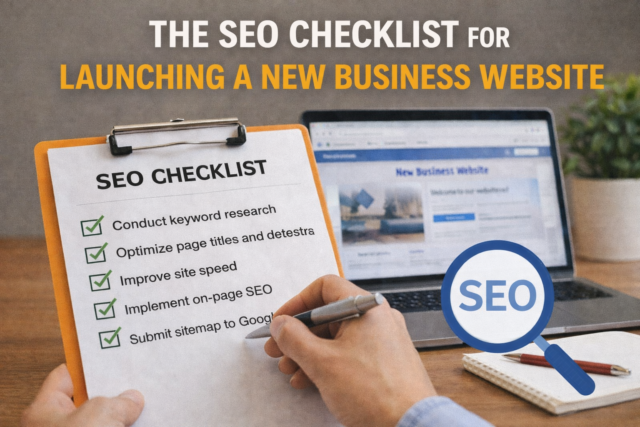Behavioral audience targeting – those days are gone when mass targeted marketing campaigns would attract your ideal customer. Think about that billboard ad you pass on your way to work. Those who aren’t will be impervious to the brand messaging on the billboard. This ‘hit or miss’ marketing strategy might have worked for conventional advertising.
Marketing has evolved over the years. Brands have to target current and potential clients at different points of the sales funnel with the right brand messages. A lot of research goes into creating the right buyer persona and picking the right digital marketing media. As more brands become educated on digital marketing, competition becomes more arduous.
What is behavioral audience targeting?
Behavioral targeting is a marketing technique that utilizes web user information to inform marketing campaigns. It involves sourcing data from various sources concerning potential customers’ shopping and online browsing behaviors. Brands compile information like web searches, frequently visited websites, and purchase histories to create a compelling user profile.
Data will be analyzed to create ads aligned with the web user’s interests. In turn, the data can help create campaigns that customers will find relevant. It will increase the chances of them making a purchase.
Benefits of behavioral audience targeting
Behavioral audience targeting ensures you are creating personalized ads. These are ads that speak directly to the target audience. In turn, the strategy yields benefits like:
- Increased user engagement – generic, impersonal ads might not pique the interest of web users. Targeted ads are aligned with their interests. This increases the chances that they will purchase from a brand.
- A high number of ad click-throughs – having high ad click-through can signify a successful marketing campaign. It means that you captured the target customer’s interest and are just inches away from making a sale.
- Improved conversion rate – personalized ads might not always be enough to make that sale. They need to redirect customers to a web page. If you have this, you can enjoy a high conversion rate.
About 76% of marketers fail to use behavioral data to target customers online with relevant advertisements. (Adweek)
The three steps for comprehensive behavioral audience targeting
1. Data collection
Personalized ads start with data collection. You can collect data from sources like mobile apps, CRM systems, marketing automation systems, and data management platforms. The data can include personal information like the age and geoinformation of the target audience. It may consist of website page dwell times and web search queries.
2. Data segmentation
The next step is to divide potential and current customers into different segments. These segments can be based on their likes, points in the purchase journeys, or even age. You can use these segments to inform your advertising campaigns for optimal engagement.
3. Application and monitoring
Run ads that are aligned with each segment’s interests. They need the kind of information for the type of site they visit. Don’t forget to monitor your ad campaigns. Monitoring helps you identify areas where your strategy falls short, where minor tweaks could make a huge difference.
Grow your business today
Most businesses work with limited marketing budgets. Optimizing each penny reduces waste and increases the chances of attracting and retaining your target customer. And one should use behavioral audience targeting today to grow your business and optimize your digital marketing ROI.






